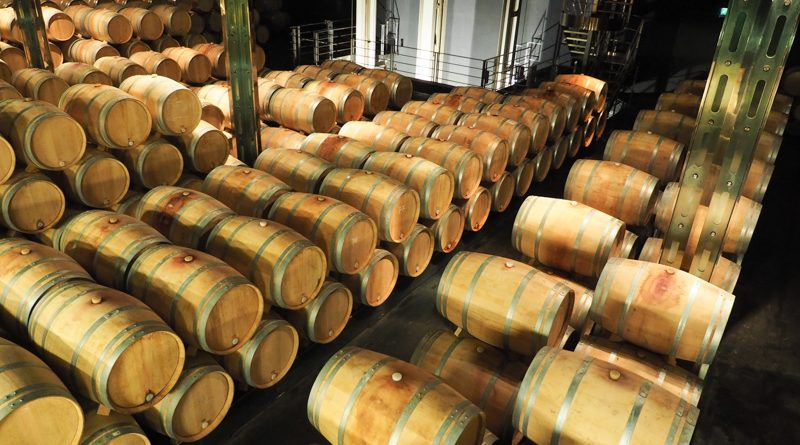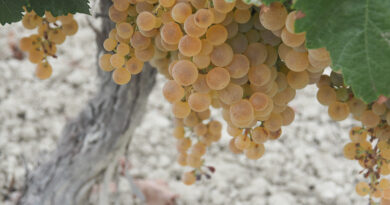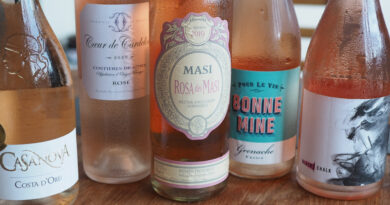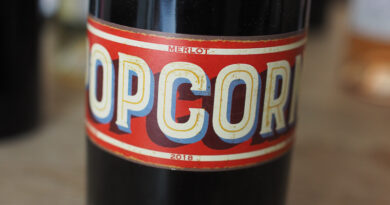Bordeaux en primeur: the Tinder of fine wine
It’s Bordeaux en primeur time! For two weeks, 6000 wine professionals – a mixture of merchants, journalists and various other trade folk – head to the unofficial vinous fine wine capital of the world to try barrel samples. It’s a great marketing exercise for the region, and represents for most the first chance to get a new look at the latest vintage. But there are some things that are worth bearing in mind here. Let’s call them the new rules of en primeur.
First of all, think of these barrel samples like dating site profiles. You are not encountering the real thing. It’s like Tinder or Bumble. Here’s a quick introduction to the new wine, presented in a flattering light, designed to pique interest. But these are not finished wines. They may or may not taste like the wine that eventually gets bottled.
For this reason, don’t write full tasting notes. I’ll say it again: you are tasting a sample taken from certain barrels, and these aren’t finished wines. Lots will happen to them before they find their way to bottle.
These are barrel samples, and they aren’t just random barrel samples. They may be indicative of the final blend but they are often raised in special primeur barrels. And sometimes they are not even close to the final blend, which in many cases is yet to be decided. The Château who insist on you visiting to taste may try to help you forget this by labelling the bottles and printing brochures containing a vintage summary and technical information. But you need to remember it.
In your write-ups, don’t tell people about the first growths and other stratospherically priced wines unless they have underperformed. They all get the same scores anyway, so it’s kind of boring. If one of the top properties have underperformed and you have the guts to say so, then good for you. But being dependent on an invitation to visit so you can taste tends to dissuade journalists from such action.
In the age of score inflation the only useful scores are high ones for affordable wines. It’s not news that the first growths achieved a score in the very high 90s. But it is if it’s a lesser known property selling wines at prices normal people can afford.
There is an anchoring effect for these primeur scores. This is one reason the Château love to show wines at a such an early stage when it’s really hard to draw firm conclusions. After all, who does their in-bottle tastings (which happen about 17 months after the primeurs) without referring to their primeur scores?
Ultimately the primeur system works in favour of the famous. There is uncertainty attached to tasting barrel samples, and this makes it hard to say anything negative, because you can’t be sure, and so you err on the side of the positive, and the reputation of the Château leans in heavily into the verdict (no one tastes blind any more).
See also: Bordeaux 2020 in bottle




